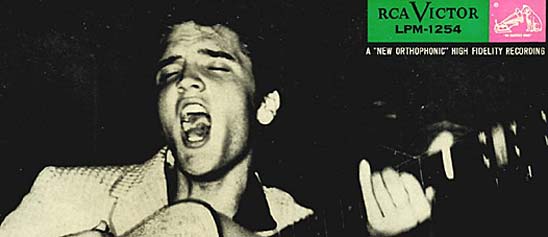This pair of gloves is part of a costume worn by actresses portraying the character Grizabella in the original Broadway production of Cats. The gloves are made of synthetic knit fabric printed with a variegated horizontal brown, white, gray, and black stripe pattern.
- Description (Brief)
-
This pair of gloves is part of a costume worn by actresses portraying the character Grizabella in the original Broadway production of Cats. The gloves are made of synthetic knit fabric printed with a variegated horizontal brown, white, gray, and black stripe pattern. Tapered copper-colored nails are attached at the finger tips.
-
Grizabella the Glamour Cat is the musical’s main character, responsible for singing the hit song “Memory.” Grizabella was once a glamourous cat but is now lonely and decrepit; she is ostracized by the Jellicle tribe and seeks re-acceptance in the community. She is eventually chosen as the “Jellicle choice” to ascend to the Heaviside Layer and return to a new life. Grizabella’s story was not included in Old Possum’s Book of Practical Cats, as it was deemed “too sad for children.” T. S. Eliot’s widow, Valerie Eliot, gave Andrew Lloyd Webber the poem which describes the former glamour cat who has fallen on hard times and roams the red-light district near Tottenham Court. Elaine Page originated the role on the West End in 1981 and reprised the role in the 1998 film. Betty Buckley later took on the role on Broadway in 1982. Jennifer Hudson portrayed her in the 2019 film adaptation.
-
Cats broke Broadway records with its run of 7,485 performances from 1982 until 2000 at New York’s Winter Garden Theatre. The play, written and composed by Andrew Lloyd Webber based on stories and characters from T. S. Eliot's 1939 Old Possum's Book of Practical Cats, and first premiered in London’s West End in 1981. The expensive and spectacular production has been called the first “megamusical,” inaugurating a new period of Broadway theater history when big-budget shows with elaborate special effects, spectacular costumes, and rock music revived the theater district’s sagging fortunes. Cats earned multiple Tony awards in its original run and has since been revived on Broadway and in numerous national and international tours.
- Location
-
Currently not on view
- Date made
-
1982-2000
- designer
-
Napier, John
- ID Number
-
2000.0219.03.05
- accession number
-
2000.0219
- catalog number
-
2000.0219.03.05
